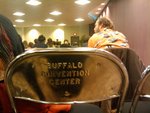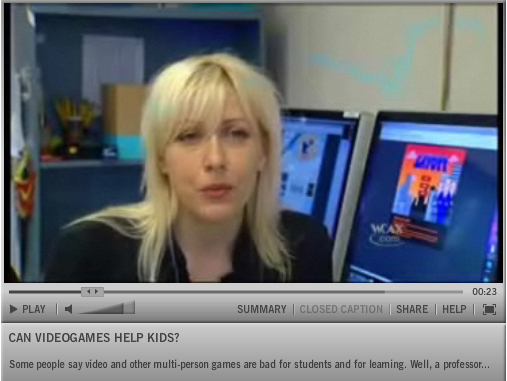Eludamos Posts New Issue, Seeks Articles, Volunteers
Those of us who study computer and video games are very fortunate to have two free, online, peer-reviewed journals that do not assess page fees: Game Studies and Eludamos. And, there is at least one more free, online, peer-reviewed journal that does not assess page fees and includes articles about computer and video games: Digital Humanities Quarterly.
That’s the preface to my mentioning that a new issue (vol. 3, no. 2) of Eludamos is now out.
Also, that journal has issued a new call for papers:










 Tale of Tales
Tale of Tales A
A 